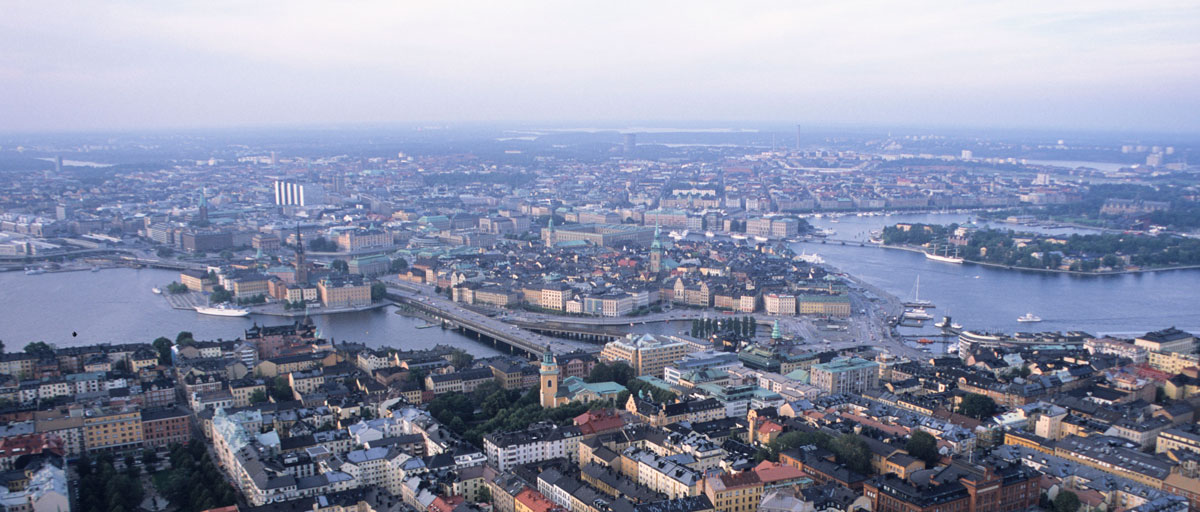
With most publications and debates on ecosystem services in urban areas conducted in English, a new report written in Swedish aims to make the concept more readily available to urban planners and other practitioners in Sweden. Photo: S. Zeff/Azote
Ecosystem services
Connecting ecosystem services to Swedish cities
Report in Swedish first to explain benefits of ecosystem services in urban development
A recently published report plows new ground by introducing the concept and knowledge around ecosystem services more readily available to Swedish urban planners and other practitioners.
Johan Colding from the Beijer Institute and Lars Marcus from the Swedish School of Architecture are lead authors, but had support from Stephan Barthel, Erik Andersson, Åsa Gren and Sara Borgström from the Beijer Institute and Stockholm Resilience Centre.
"Publications and debates about ecosystem services are often very research oriented but rarely make connections to urban environments directly. Furthermore, they are almost always in English. We saw a great need to produce a report in Swedish that connects ecosystem services to the city and is available to more people," says Johan Colding.
What is it about?
The report gives a general introduction to ecosystem services and provides specific examples from the Stockholm region. It also highlights how ecosystem services contribute to building resilience in urban development. Focusing specifically on regulating and cultural ecosystem services.
"We've noticed that provisioning services are generally better known, while knowledge about regulating and cultural services often is rather limited. As they play an important part in sustainable urban development we wanted to shed some light on them," Colding says.
What is it for?
Regulating ecosystem services are for example the capacity of green areas to provide clean air and water; the regulating function that trees and plants have on temperature and precipitation; and the importance of wetlands for flood prevention.
Cultural ecosystem services refer to the effect that nature has on people’s health and wellbeing. Parks and green areas in a city can for example decrease stress levels and contribute to recovery from illness.
Ecosystems like parks, urban gardens and wetlands in urban planning is therefore important not only from at strictly environmental point of view, but has a direct positive effect on the people who live in cities.
Both poor health and substitution of natural systems for cleaning air and water are also costly for society. So there are also direct economic benefits that come from planning for ecosystem services.
"Ecosystem services can both decrease our impact on climate and build resilience for urban environments to handle negative effects of climate change. By promoting biodiversity in urban areas, managing green areas and water and providing habitats for pollinators, for example, resilience in urban systems can be increased," Colding explains.
The report complements the 2012 report Svaga Samband i Stockholmsregionens Gröna Kilar and is a collaborative effort by the Office for Regional Growth, Environment and Planning (TMR) at the Stockholm County Council, the Beijer Institute for Ecological Economics, Stockholm Resilience Centre, the School of Architecture at the Swedish Royal Institute of Technology and the County administrative board in Stockholm.
Text






